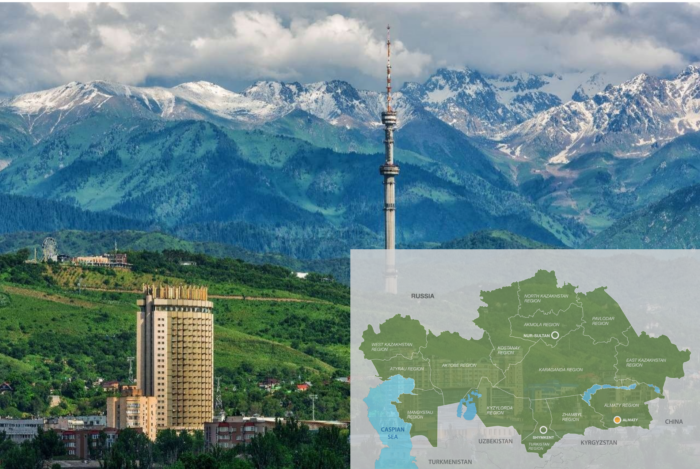NUR-SULTAN – Almaty remains in the yellow zone since July 4 as 112 COVID-19 cases have been confirmed in the city over the past day, reported the nation’s interdepartmental commission on the prevention of the spread of the coronavirus infection on July 5.
All other regions are in the green zone, according to the matrix assessing the epidemiological situation.
Almaty’s chief state sanitary doctor Kasymkhan Alpysbaiuly signed a resolution for employees with medical contraindications to vaccines, pregnant women, and persons in contact with patients with COVID-19 to switch to remote work from July 7. It is recommended to wear masks in crowded areas, buses, subways, malls, public service centers, banks, cinemas, theaters, concert halls, bus stations, sports events, and conferences.
The department has not yet considered introducing a mandatory PCR certificate for those arriving from abroad as the coronavirus is spreading within the country.
Earlier, it was announced that most of the COVID-19 cases in Almaty are among unvaccinated people.
Stealth Omicron prevails in most cases. A subvariant of Omicron has presumably been circulating and led to a progressive increase of cases. It shows mild symptoms with fever, cough, sore throat, and general weakness, the chief culprits.
The vaccination campaign continues nationwide. As of July 5, 9.5 million people have been vaccinated with the first dose and 9.3 million people have been fully vaccinated. Some 4.8 million persons went through revaccination.
Overall, 12 patients have severe conditions due to COVID-19, reports the Ministry of Healthcare. Some 1,272 people continue to receive treatment.
Minister of Healthcare Azhar Giniyat said an increase in COVID-19 cases has been observed since mid-June at the July 1 governmental meeting. Up to 80 percent of the cases are among unvaccinated persons or people vaccinated more than six months ago. It was also recommended to wear masks in air and rail transport and during international bus travels regardless of the epidemiological situation.
In early March, the epidemiological situation in the country stabilized as no regions were left in the red zone. As of March 2, only the North Kazakhstan Region was in the moderate-risk yellow zone, while all other regions were in the low-risk green zone. The restrictions were lifted in the following weeks.


